
Copernical Team
SpaceX blasts off on 35th Space Coast launch of the year
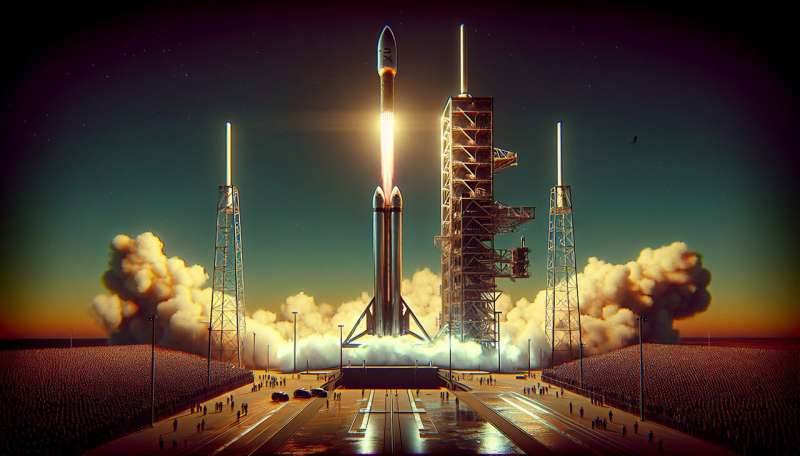
SpaceX keeps lining them up and knocking them out with an afternoon launch from Kennedy Space Center on Wednesday.
A Falcon 9 rocket carrying another 23 of the company's Starlink internet satellites lifted off at 2:42 p.m. Eastern time from KSC's Launch Pad 39-A.
It's the second launch this week after a Starlink launch midday Monday from nearby Cape Canaveral Space Force Station.
It marks the third launch of the first-stage booster, which previously flew on the Crew-8 human spaceflight and one Starlink mission. It managed another recovery landing downrange in the Atlantic Ocean on the droneship A Shortfall of Gravitas.
This marks the 35th launch from the Space Coast with all but two coming from SpaceX.
United Launch Alliance had the other two launches and is awaiting its third with the Crew Flight Test mission to send up astronauts on board Boeing's CST-100 Starliner atop an Atlas V. Teams scrubbed that launch attempt on Monday night because of a valve issue on the Atlas V's upper Centaur stage.
Teams decided to roll the Atlas V back to ULA's Vertical Integration Facility to replace the valve and now that launch is targeting no earlier than May 17.
Study reveals medieval Arab scientist Ibn al-Haytham's major influence on optics and physics
 Recent research by the University of Sharjah and the Warburg Institute delves into the contributions of the 11th century scientist, al-H?asan Ibn al-Haytham, better known by his Latinized name Alhazen, highlighting his critical role in advancing optical sciences. His seminal work, the Book of Optics or Kitab al-Manazir, originally written in Arabic, laid foundational principles that have influen
Recent research by the University of Sharjah and the Warburg Institute delves into the contributions of the 11th century scientist, al-H?asan Ibn al-Haytham, better known by his Latinized name Alhazen, highlighting his critical role in advancing optical sciences. His seminal work, the Book of Optics or Kitab al-Manazir, originally written in Arabic, laid foundational principles that have influen White Sands propulsion team evaluates 3D-printed engine component for Orion
 The Orion spacecraft, designated to transport Artemis mission crews to the Moon, will be powered by a European Service Module from ESA (European Space Agency). This module is critical for providing power, propulsion, thermal regulation, and storing essentials until its detachment from the crew module upon reentry.
For the initial Artemis missions, Artemis I to Artemis VI, a repurposed Orbi
The Orion spacecraft, designated to transport Artemis mission crews to the Moon, will be powered by a European Service Module from ESA (European Space Agency). This module is critical for providing power, propulsion, thermal regulation, and storing essentials until its detachment from the crew module upon reentry.
For the initial Artemis missions, Artemis I to Artemis VI, a repurposed Orbi White Sands propulsion team tests 3D-printed Orion engine component
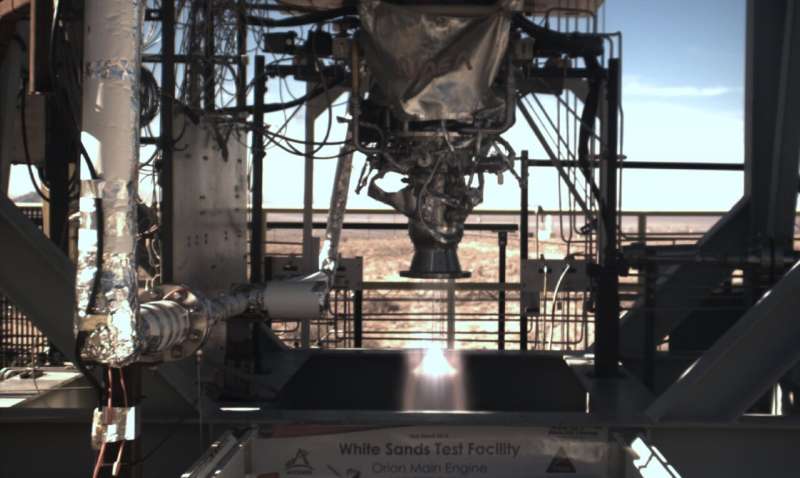
When the Orion spacecraft carries the first Artemis crews to the moon and back, it will rely on the European Service Module contributed by ESA (European Space Agency) to make the journey. The service module provides electrical power generation, propulsion, temperature control, and consumable storage for Orion, up to the moment it separates from the crew module prior to re-entry into Earth's atmosphere.
For the first six Artemis missions—Artemis I through Artemis VI—NASA and ESA will use a refurbished Orbital Maneuvering System (OMS) engine from the space shuttle program as the European Service Module's main engine. Beyond Artemis VI, NASA will need a new engine to support Orion.
That need will be met by the Orion Main Engine (OME) in development with Aerojet Rocketdyne (now L3 Harris), but before the OME can fly, all of its components must be thoroughly tested.
Enter the Propulsion Test Office at NASA's White Sands Test Facility. From November 2023 to January 2024, this team led rigorous testing of a critical OME component: the injector that delivers propellants to power the engine and provides the thrust necessary to return Orion home from the moon.
'Lost' spy satellite orbited Earth undetected for 25 years—until now, scientists say

An experimental spy satellite that was deemed "lost" after eluding detection for decades has finally been found. "The S73-7 satellite has been rediscovered after being untracked for 25 years," astrophysicist Jonathan McDowell said in an April 29 post on X, formerly Twitter. He says it reappeared on April 25, citing Space Force data.
The Cold War-era satellite, officially called the Infra-Red Calibration Balloon (S73-7), was just over 2 feet in diameter. The U.S. Air Force's Space Test program launched it on April 10, 1974, with a much larger spy satellite, Gizmodo reported.
According to the outlet, the balloon was supposed to inflate after launch, but something went wrong. After the failure, teams back home lost track of the balloon twice—once in the 1970s and then again for much longer starting in the 1990s when ground-based sensors could no longer detect it.
For a quarter-century, analysts in the 18th Space Defense Squadron, the group responsible for tracking all human-made objects in Earth's orbit, saw nothing of S73-7, Popular Science reported. In the minds of experts, the balloon was now lost in the world of "space junk.
Space Team Europe for Ariane 6: Aline Decadi
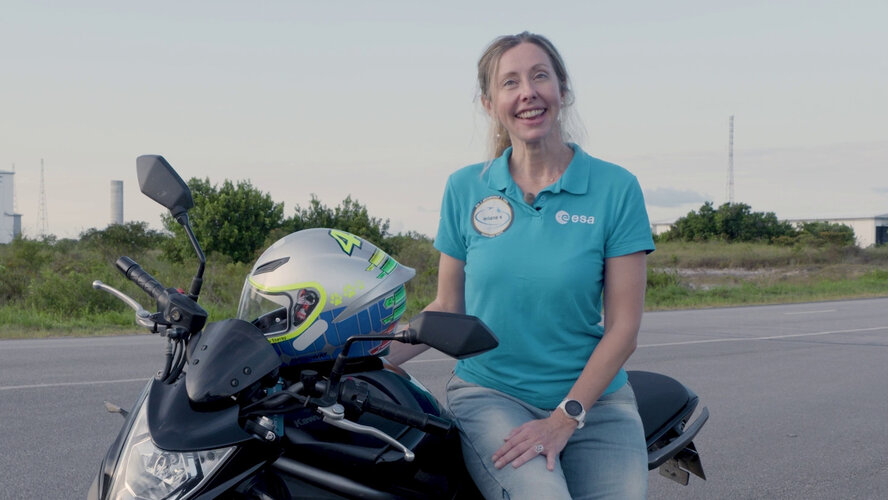 Video:
00:03:47
Video:
00:03:47
They say it takes a village to raise a child. To launch a rocket, we have the combined expertise and passion of Space Team Europe. Aline Decadi is one of many making the first Ariane 6 launch possible and has been interviewed as part of a series highlighting some of the people that make up this dream team.
Working for ESA, Aline Decadi is Launch System Dependability and Safety Lead engineer on Ariane 6 meaning her role is to predict what could go wrong at any moment to protect the people working at Europe’s Spaceport. Passionate about space
Where space weather starts
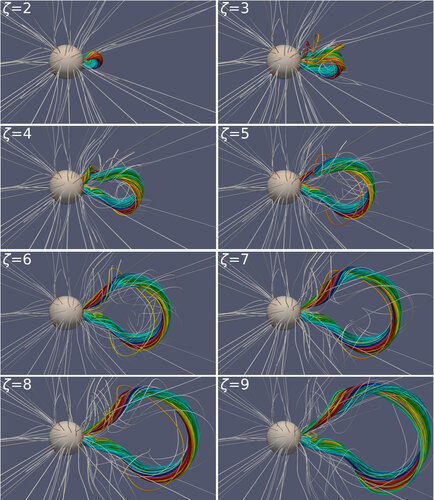 Image:
Where space weather starts
Image:
Where space weather starts Webb hints at atmosphere around rocky exoplanet
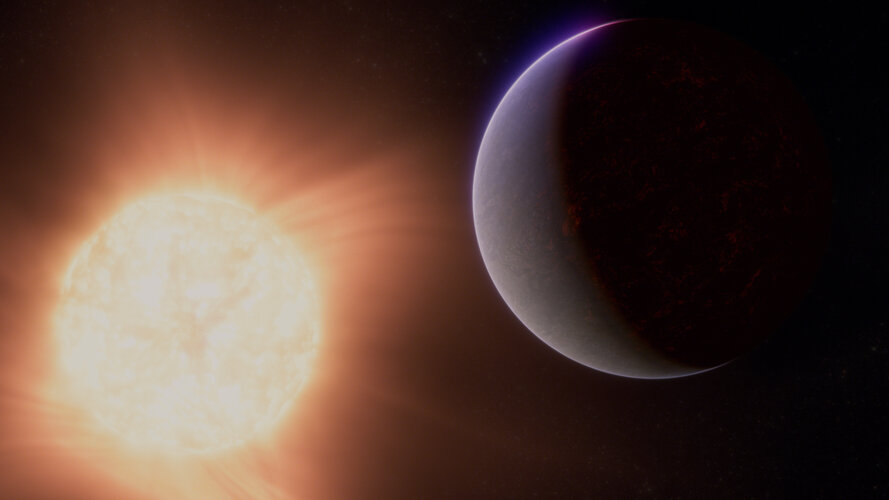
Researchers using the NASA/ESA/CSA James Webb Space Telescope may have detected atmospheric gases surrounding 55 Cancri e, a hot rocky exoplanet 41 light-years from Earth. This is the best evidence to date for the existence of a rocky planet atmosphere outside our Solar System.
Artist's view of the Ariane 6 components and payload with two boosters – white background
 Image:
Artist's view of the Ariane 6 components and payload with two boosters – white background
Image:
Artist's view of the Ariane 6 components and payload with two boosters – white background Artist's view of the Ariane 6 components with two boosters – blue background
 Image:
Artist's view of the Ariane 6 components with two boosters – blue background
Image:
Artist's view of the Ariane 6 components with two boosters – blue background 


































